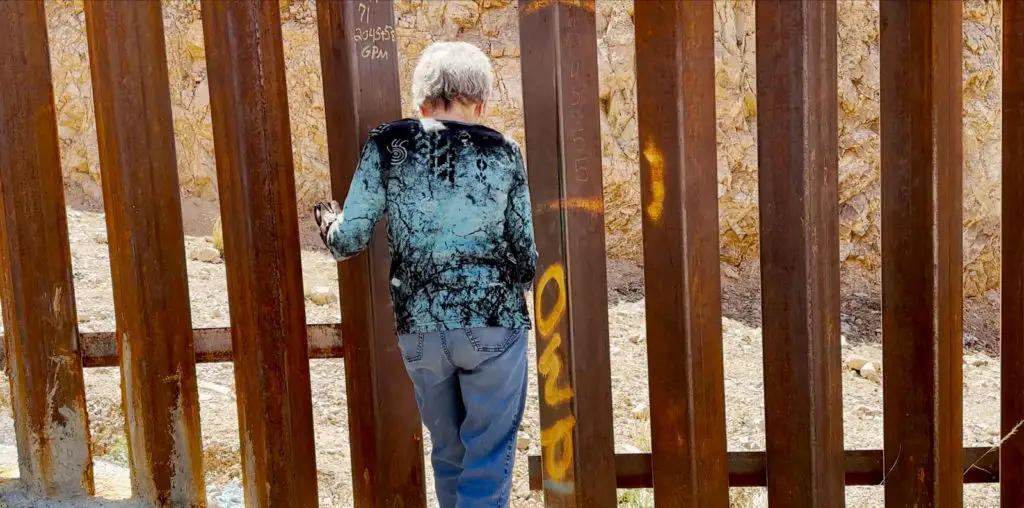
“Ashes of Time” doesn’t follow a traditional narrative but, rather, carefully unspools a number of interconnected plot threads. The common link between all of these stories is Ouyang Feng (Leslie Cheung), a once-active swordsman who now acts as an agent for other hired killers. As a multitude of characters pass through and by his inn in the desert, the focus of the film moves across a number of episodes involving characters as disparate as Yao-shi Huang (Tony Leung Ka Fai of “The Lover,” not the star of In the Mood for Love), a womanizing swordsman friend of Ouyang’s, who gives him a gift of “magic” wine; a swordswoman (Brigitte Lin) with a severe multiple personality/gender identity crisis; a blind swordsman (Tony Leung Chiu Wai, he of Mood and “Hard-Boiled”) who wants one last glimpse of his home before the final blackout; an impoverished young girl (Charlie Yeung) seeking vengeance against her brother’s killers; and a cocky, shoeless swordsman (Jacky Cheung) whose dreams of glory don’t include his wife.
The situation of that last character reflects that of Ouyang himself; he had abandoned his home and his true love (a scarcely-seen but quite effectively used Maggie Cheung) in search of fame as a swordsman, and as the film unfolds the audience sees how he came to his current place in life. However, what is “current” is up for question, for time placement is irrelevant; the vignettes are not presented in chronological order, and three-fourths into the film comes a text card that divulges the ultimate fates of Ouyang and the shoeless swordsman. What is of the utmost importance, however, is the air of melancholic longing that blankets this most varied assortment of stories. As in many of Wong’s films, love, loss, and regret are the primary concerns of “Ashes of Time,” and through the poetic prose of his dialogue, the gorgeous photography (done, with his usual care, by Wong’s longtime collaborator Christopher Doyle), and the pitch-perfect performances, these abstract ideas become tangible and concrete.
On the flip side, Wong turns something as physical and “real” as swordplay into a dreamlike abstraction. The fight scenes in “Ashes of Time” are as brutal as any as one would see in a more traditional martial arts extravaganza: lots of blood is spewed; many limbs go flying. But the action is shot in a largely inscrutable manner; most of the motion is blurred, and the chaotic swordplay rendered more so by the quick cutting. Wong isn’t interested in action or violence so much as the idea of them; many of the characters turn to the sword as a way of making sense of things when in fact it just further muddies the waters.
While the film may initially appear to follow a similar track of ever-increasing confusion, the many fragments of “Ashes of Time “do assemble into a clear picture; the film ultimately reveals itself as a meticulously constructed puzzle that rewards the patient and attentive viewer. As such, it unsurprisingly has a love-it-or-hate-it reputation, and in that quality and a number of others, “Ashes” recalls Terrence Malick’s The Thin Red Line. Both feature insanely star-studded casts; both use a violent genre as the launchpad for existential meditation; both films concern themselves with the psychology beneath the bloodshed. And, of course, both have been called pretentious. I call them both art.
